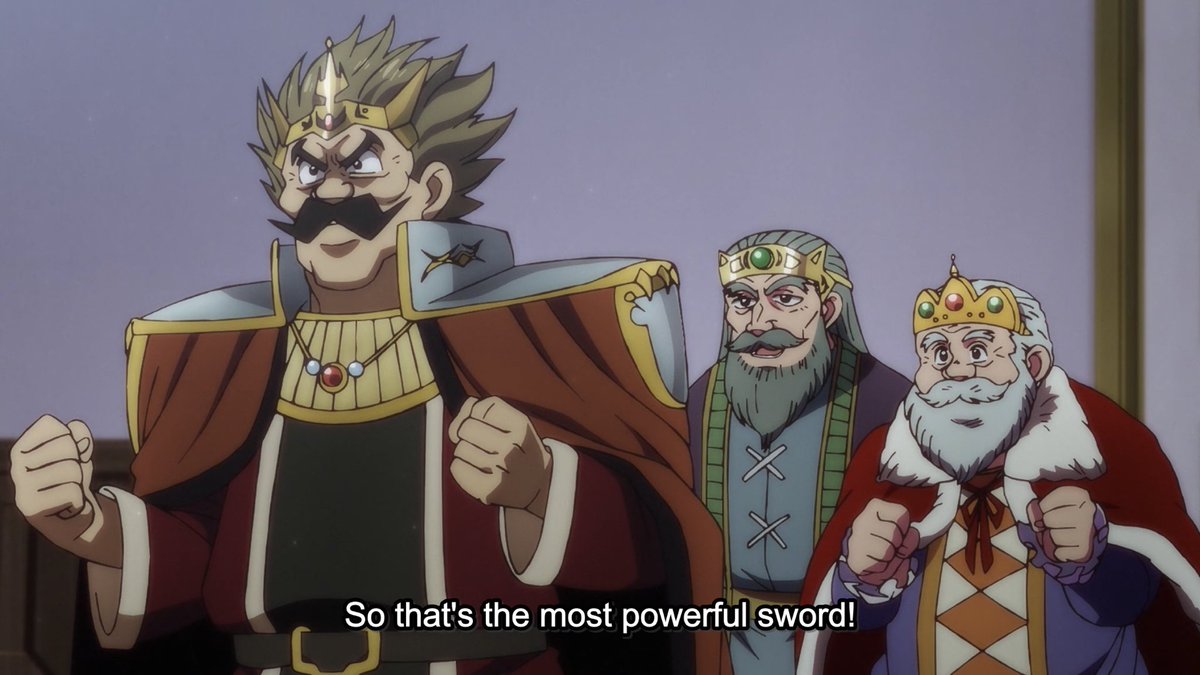Kinnikuman ch.343, “Sacred Tag!!”: having done his duty, Mammoth Man is content to let his captain Super Phoenix take over from here. The scene switches to Phoenix and Big Body in the Roman Coliseum. wpb.cdn.cloudpublisher.jp/view2.php?p=wx… #Kinnikuman #ch343 



(The ring collapses into the Gates of Hell, but we don’t see Mammoth Man’s body burn up, so maybe there’s still hope for him?)
Phoenix and Big Body are in a tag match against a pair of Choshin. The first knocks Big Body around with some karate chops. This god used to get along well with Phoenix’s patron, the God of Intelligence, so he takes a shine to Phoenix too. 



(Phoenix protests that he and the God of Intelligence only used each other out of convenience...but that’s precisely the sort of thing the God of Intelligence would say, so it just makes this god happier)
Phoenix’s opponent formally introduces himself: in heaven he was the God of Reason, but now he has become: Idea Man! Yep. 

Phoenix defines reason as intelligence plus ethics (...huh?). In peacetime this can bring about cultural development, but in wartime that’s not always the case. Phoenix thinks intelligence can change the world more boldly because it’s not limited by ethics. 



Idea Man summons his partner, and they gang up on Phoenix with a Hercule-Suplex...or a Hercules-Plex (ie a Hercules Suplex)... 

In heaven he was the God of Madness, on earth he is: The Notorious! Big Body comes to the rescue, but The Notorious just throws Phoenix at him. 



The two gods explain that in heaven many Choshin specialize in singles matches, but they’re famous for being the best tag team. Their team name: Mighty Hercules! 

And that’s that. Thematically, I like having a Greco-Roman themed team fighting in the Roman Colosseum. And I like pairing up the God of Reason with the God of Madness. But “Idea Man” is a hard name to get over. 

• • •
Missing some Tweet in this thread? You can try to
force a refresh








































